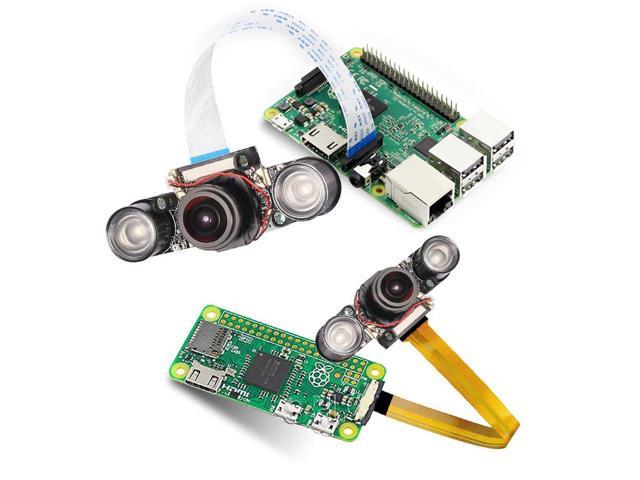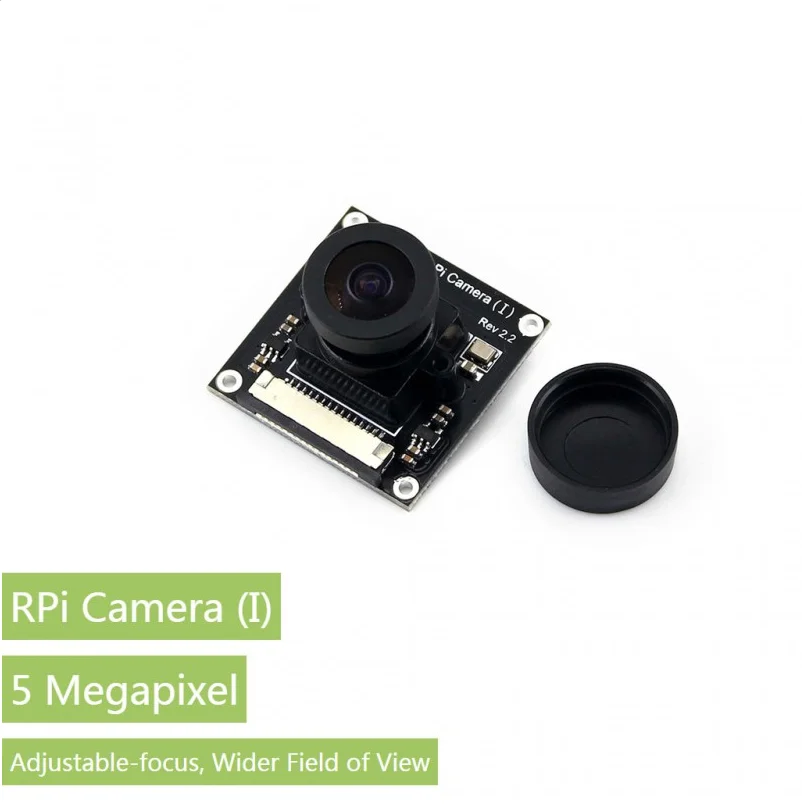
- #Raspberry pi as a ip camera recorder how to
- #Raspberry pi as a ip camera recorder free
The included cable is 15 cm long, that’s fine for a basic usage, but you may need to have a shorter or longer cable to fit your needs.
The last thing you may need is another camera cable. There are many similar products, you can check this one for example.Īlong with the benefit of keeping your current case, it’s also easier to use the camera if you can just put it on a table (for example), instead of trying to keep it in the right place and orientation. Another thing you may have to consider is to keep your current case for the Raspberry Pi and use a simple holder to keep the camera vertical. I have a complete review about this case that you can find here. For example, the “Argon Neo” model seems perfect as there is a built-in support for the camera on the case (check the picture on Amazon). Some cases are compatible with the camera, to include the main board and the camera inside. I will just give you a few extra links to look at, so you can do your research easily: Other things to considerĪ camera is an external device and will often stay outside the case, so depending on what your projects are, you may need other accessories. It’s half the price, but if you have to buy another one a few months later, it’s not worth it. #Raspberry pi as a ip camera recorder how to
If you just want to have one for educational purposes, you can absolutely find a cheaper camera.įor example, this one was my first camera, it’s perfect to learn how to use a camera on Raspberry Pi, but the quality is lower. If you are looking for an affordable solution, there is not really a better model than these. It’s more expensive, and you don’t really need it for most projects, but if you want something more professional, you can look at these options.
#Raspberry pi as a ip camera recorder free
If you are lost in all these new words and abbreviations, request my free Raspberry Pi glossary here (PDF format)! The first third of the book teaches you the basics, but the following chapters include projects you can try on your own. It’s a 30-day challenge, where you learn one new thing every day until you become a Raspberry Pi expert.

If you are looking to quickly progress on Raspberry Pi, you can check out my e-book here. I will then explain every step of the installation and give you a few tips you need to know to enjoy your new device right away. In this guide, I’ll also show you how to choose the camera. Check that the camera is working with: raspistill -o test.jpg.

 Enable the camera port in the Raspberry Pi configuration tool (Interfaces tab). Plug the module to the camera port of the Raspberry Pi. Here are the main steps required to use a camera module on a Raspberry Pi: If you are now in the same situation, this article will answer all your questions. But I remember being puzzled with my first camera, having no idea how to plug it and configure it on my Raspberry Pi. A camera is a must-have for any Raspberry Pi owner, as it allows you to try dozens of interesting new projects.
Enable the camera port in the Raspberry Pi configuration tool (Interfaces tab). Plug the module to the camera port of the Raspberry Pi. Here are the main steps required to use a camera module on a Raspberry Pi: If you are now in the same situation, this article will answer all your questions. But I remember being puzzled with my first camera, having no idea how to plug it and configure it on my Raspberry Pi. A camera is a must-have for any Raspberry Pi owner, as it allows you to try dozens of interesting new projects.






 0 kommentar(er)
0 kommentar(er)
